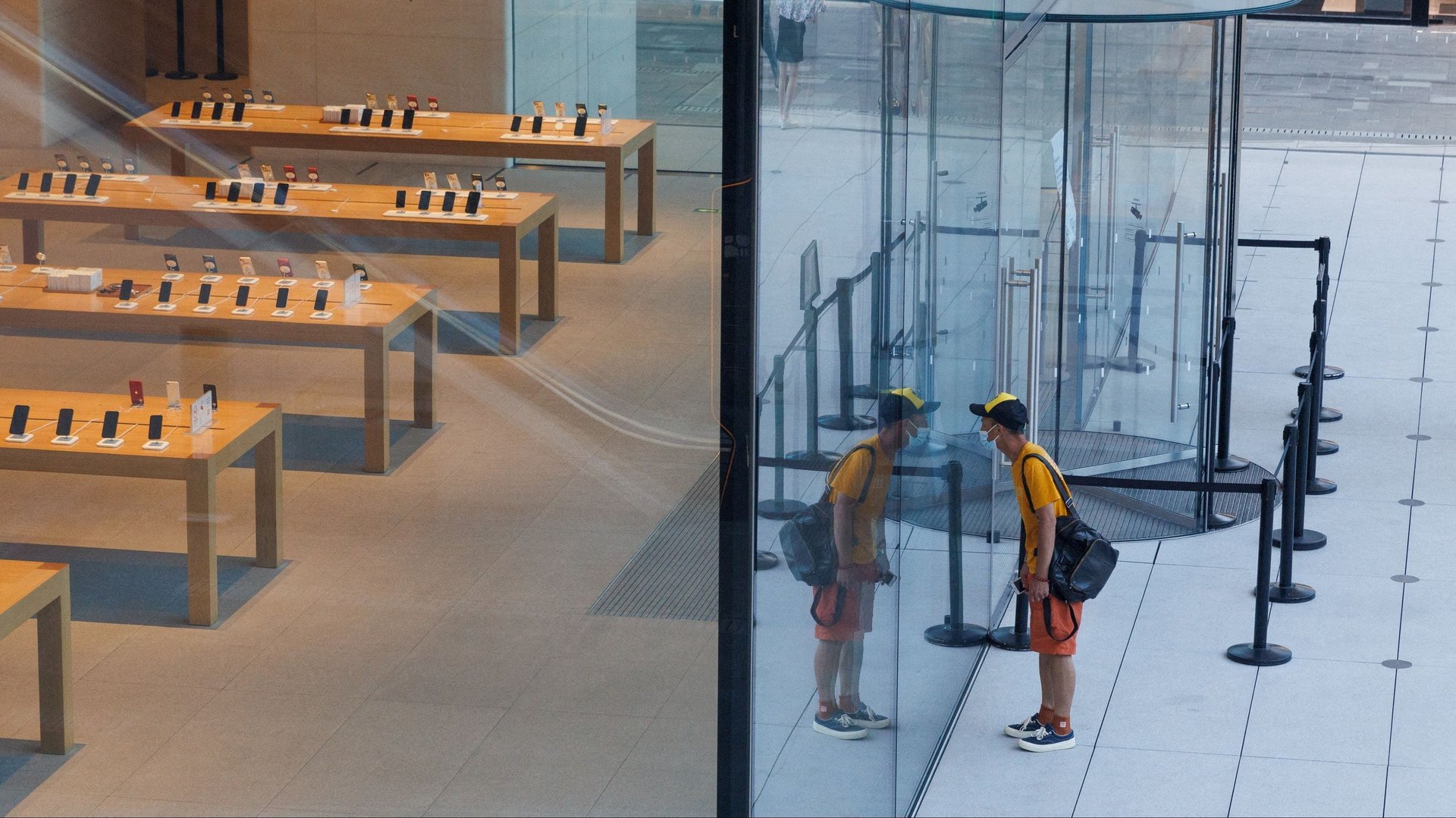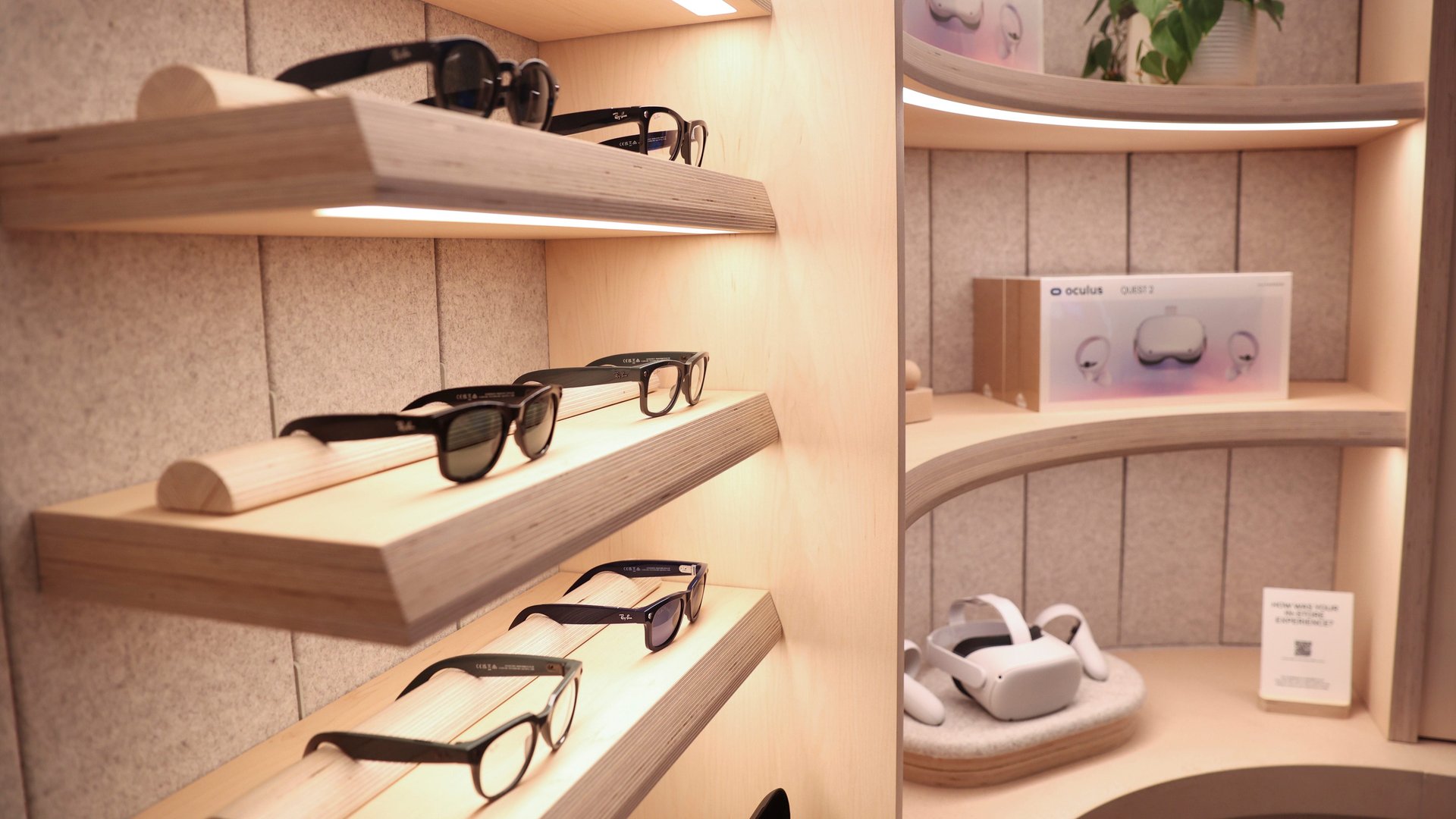Rumors of an Apple AR or VR headset just entered a new phase
The tech industry whispers about an upcoming Apple augmented reality (AR) and virtual reality (VR) wearable device that have circulated since at least 2017 are now turning into firm dates. Apple is planning to announce its new immersive headset in January of 2023, just over six months from now, according to longtime, and usually reliable, Apple analyst Ming-Chi Kuo.


The tech industry whispers about an upcoming Apple augmented reality (AR) and virtual reality (VR) wearable device that have circulated since at least 2017 are now turning into firm dates. Apple is planning to announce its new immersive headset in January of 2023, just over six months from now, according to longtime, and usually reliable, Apple analyst Ming-Chi Kuo.
Potential release windows for the long-rumored device have shifted many times. Back in 2017, analysts believed it might arrive by 2020. Then, in 2019, the supposed timing shifted to 2022. Of course, the pandemic, and the resulting supply chain crunch, likely changed Apple’s plans across the board.
But now, with pandemic limitations waning, and the concept of the immersive internet now on Wall Street’s radar thanks to Meta’s metaverse marketing, the stage is set for Apple to finally debut its own entry into the space and possibly repeat the success it has had with its industry-changing iPhone.
Apple’s leader has been hinting at a new immersive internet product, but details are scarce
During a conversation with China Daily on June 13, Apple’s CEO Tim Cook was asked about the company’s plans regarding AR and VR. “We’re still in the very early innings of how [AR] will evolve,” said Cook, from his Cupertino, California, headquarters. “I couldn’t be more excited about the opportunities we’ve seen in this space…stay tuned, and you’ll see what we have to offer.”
That last comment, delivered with a coy smirk, has been typical of his response to such questions over the last few years. Instead of tipping his hand, Cook instead points to the growth of the Apple ARKit development platform for AR apps (roughly 14,000 ARKit apps are available on the App Store), while promising that “something“ new is in the works.

And while Apple’s metaverse products are widely anticipated by industry insiders, the company was notably absent from the membership when the Metaverse Standards Forum launched earlier this week, despite the inclusion of some of the biggest names in tech. If Apple maintains its distance, it could stoke concerns that have arisen around the company’s walled garden approach to its App Store, which came under fire during a lawsuit filed by Epic Games in 2020.
“Right now the metaverse exists from individual companies—and there are many companies setting up their metaverses,” said Subha Tatavarti, the chief technology officer of Wipro, when asked about the importance of organizations like the Forum. “At some point these metaverses will need to start talking to each other, and that’s the big area where protocols need to be defined—in the sharing of information.”
The debut of an Apple AR or VR device will impact how consumers view the technologies
Generally, the missing part of Apple’s immersive internet story has been VR. Cook has repeatedly promoted AR as the company’s focus, rather than VR, which he believes has an isolating effect on the user. AR, in Cook’s view, allows the user to interact more seamlessly with the people and places around them. Nevertheless, the rumors around the Apple immersive device have mentioned both an AR and VR device, or maybe even one that works as a hybrid, shifting between the two dynamics, somewhat like what Magic Leap recently demonstrated.
However, based on Apple’s hardware history, its first face-mounted wearable will probably initially serve as an accessory to the iPhone, in much the same way as the Apple Watch. The watch, Apple’s first wearable, was another device that cropped up as a rumor years before finally making its consumer debut in 2015.
And, if the Apple Watch, which was announced in 2014, and didn’t go on sale until nearly a year later, is any indication, if Apple makes a January 2023 AR or VR hardware announcement, consumers will probably have to wait until at least the second half of the year to buy whatever is on offer. By then, Snap may have a new version of its Spectacles AR smartglasses available for sale, and Meta could be rolling out an update to its Ray-Ban Stories smartglasses, which may or may not be informed by its Project Aria smartglasses research.
The race to productize the metaverse in a pair of mainstream-friendly smartglasses has been brewing for years, but tech insiders agree that the battle for your face won’t truly begin until Apple enters the fray.